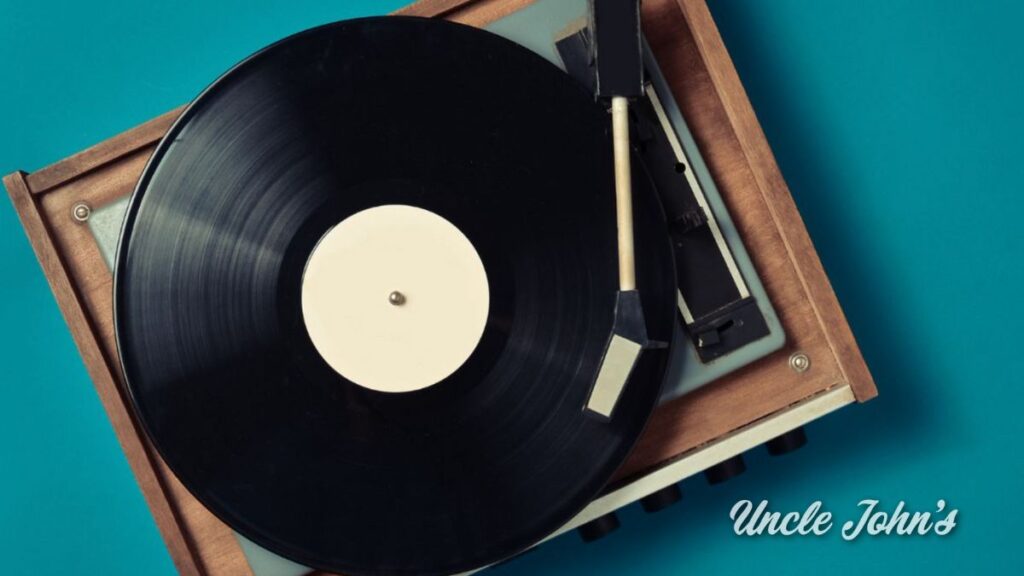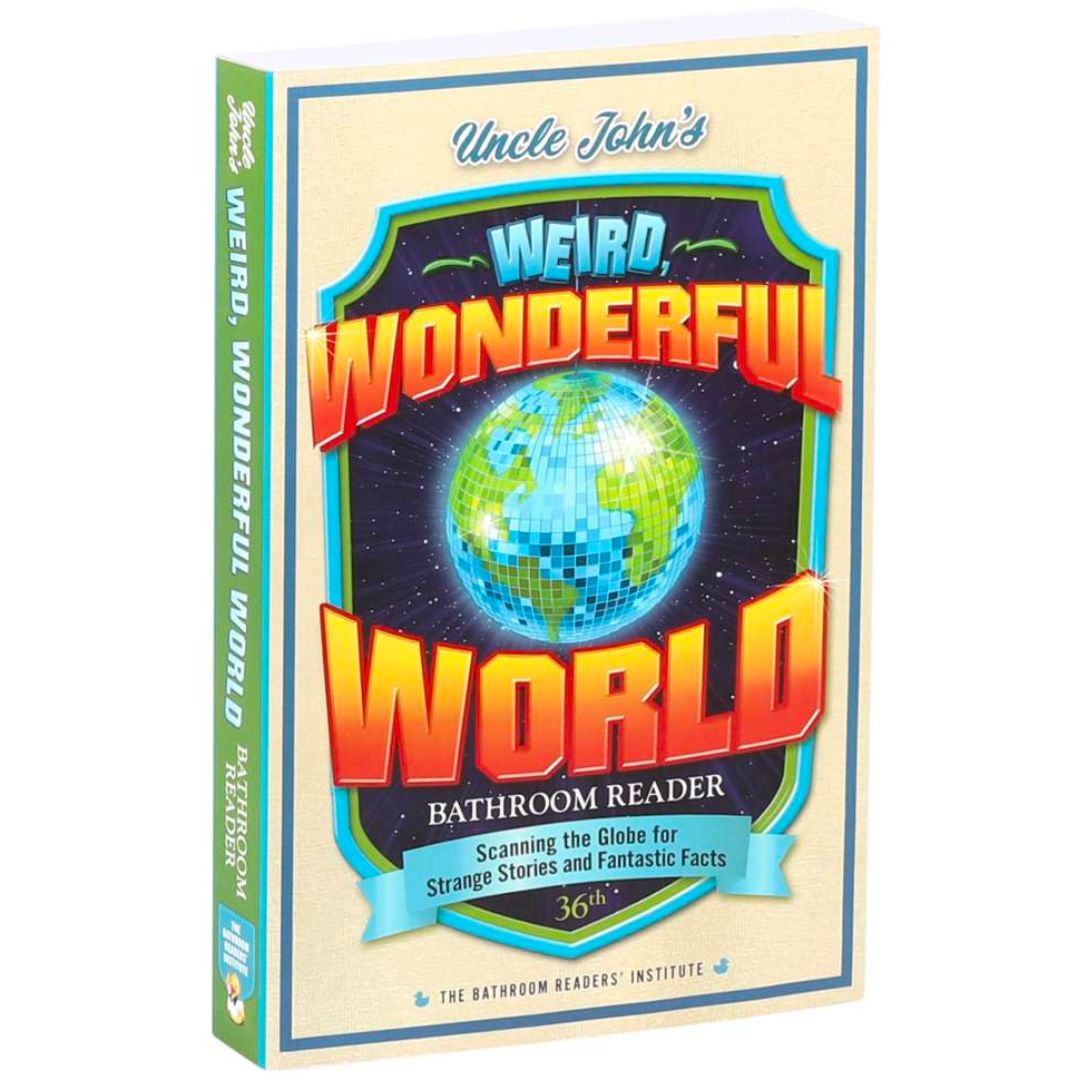If you love to play records as much as Uncle John does, you must be curious about the magical discs that make up your record collection. So pull out your favorite LP, put it on the turntable, and carefully place that needle down. Then groove to the music while reading these facts about the long and rockin’ history of stacks of wax—otherwise known as vinyl records.
• After the rise and fall of the imperfect and clunky wax cylinder, the first time the public embraced physical media in large numbers was the 78. Introduced in 1925, and named after its RPM, or “rotations per minute”, these small vinyl discs held only a few minutes of music. If buyers wanted an entire musical, symphony, or opera to play at home, they’d have to purchase a collection of 78s, or an album—a name that would stick for the LP. Introduced in 1948, the “long player” held around half an hour of music and made 78 collections obsolete.
More trivia awaits in Uncle John's newest Bathroom Reader.
• Here’s how to make a vinyl LP (in very simplified terms). Make a master out of a 12-inch-wide circle of thin aluminum, and sand and polish until shiny. Coat it with nitrocellulose lacquer, trim off any excess, and cut a hole in the center with a hydraulic puncher. Connect your laptop (where digital music files live) to a lathe: a digital record-making machine. Play the music and let the lathe’s sapphire blade etch the sound into the master. Vacuum off scrap lacquer displaced by the blade, carefully wash the master with soap, spray it with tin chloride and liquid silver, then coat with metal alloy and provide a bath in a charged nickel solution. Now you’ve got a thin, silver, stiff record. Pry off the lacquer and keep the metal disk that remains. Now use this ridged record to record onto discs made by melting and shaping polyvinyl chloride pellets. With a hydraulic press, stamp the ridges from the master into the wet vinyl to create grooves. Immerse in water to stiffen, and you’ve got an LP.
• In 1955, Columbia Records introduced the Hiway Hi-Fi—a record player designed for use in cars. To lessen the likelihood of the needle bouncing around on an LP in a moving car, Hiway Hi-Fi records were small and compact. The physical size of 45s, they held as much music as an LP but played extra-slow to deliver normal-sounding music (at 16 2/3 rpms—half that of a 33 1/3 rpm LP). Chrysler made the Hiway Hi-Fi available in some 1956 models, but it flopped.
• In 1976, toy company Stokyo introduced another portable record player: The Soundwagon. It looked like a Volkswagen Bus and fit in the palm of one’s hand, but when turned on, it would speed around a record, using a tiny needle in its undercarriage to play the record’s music through a tiny speaker. The toy didn’t sell well after word got out that the Soundwagon tended to scratch records.
• One of the most expensive record players in the world: ELP’s Laser Turntable. Instead of a stylus (or needle) on a tonearm, it employs a laser to read an LP’s grooves, and it costs $15,000.
• Introduced in the early 1980s, compact discs outsold records for the first time in 1988. Those would eventually be replaced in the marketplace, too, with digital music streamed and downloaded. But music fans loved the collectability and unique sound of vinyl records. Vinyl sales — with more and more major artists issuing limited runs of their new works through annual awareness and marketing events like Record Store Day — grew every year from 2007 on. In 2022, more vinyl records than CDs sold for the first time since 1987. That year, 33 million compact discs sold, while 41 million vinyl LPs were purchased.
Discover more history in Uncle John’s Weird, Wonderful World Bathroom Reader—available now!









